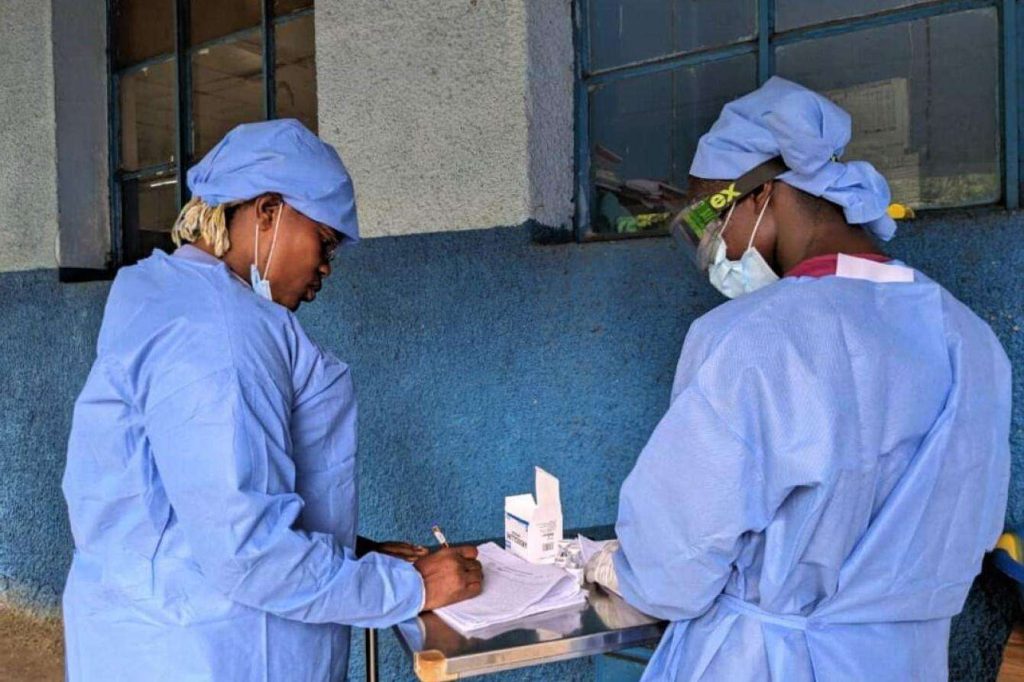At the Kavumu Health Centre in one of the regions hardest hit by Mpox, health workers are struggling to manage the increasing influx of patients. Dr Erick Mashimango, the centre’s focal point for Mpox, described the situation as critical.
The facility has resorted to erecting temporary tents to accommodate the growing number of patients. Inside these makeshift structures, families sit on the ground as health workers, fully clad in personal protective equipment (PPE), attend to individuals exhibiting symptoms of Mpox—a viral disease marked by fever, rash, and, in severe cases, death.
The rapid spread of the disease has prompted health authorities in the Democratic Republic of the Congo (DRC) to collaborate with the Health Division of Epidemiological Surveillance to curb the outbreak. “We are working on establishing mechanisms to end these outbreaks, which pose significant dangers given the clinical signs we are observing,” said Dr Mashimango.

The relentless demands have taken a toll on the medical staff at Kavumu. Communities affected by the outbreak are increasingly calling for vaccines. “People are requesting vaccines, and it has become a significant concern. There is an urgent need for vaccines,” said Dr Mashimango.
The World Health Organisation (WHO) and other international health bodies are closely monitoring the situation, particularly as the disease has begun spreading to neighbouring countries, raising fears of a broader regional outbreak.
While Mpox outbreaks have been reported in the DRC for decades, the number of cases has surged in recent years. The current outbreak is particularly severe, with over 20,000 suspected cases and 632 deaths reported this year (as of 1 September). The spread to neighbouring countries led the WHO Director-General to declare a public health emergency of international concern on 14 August.


